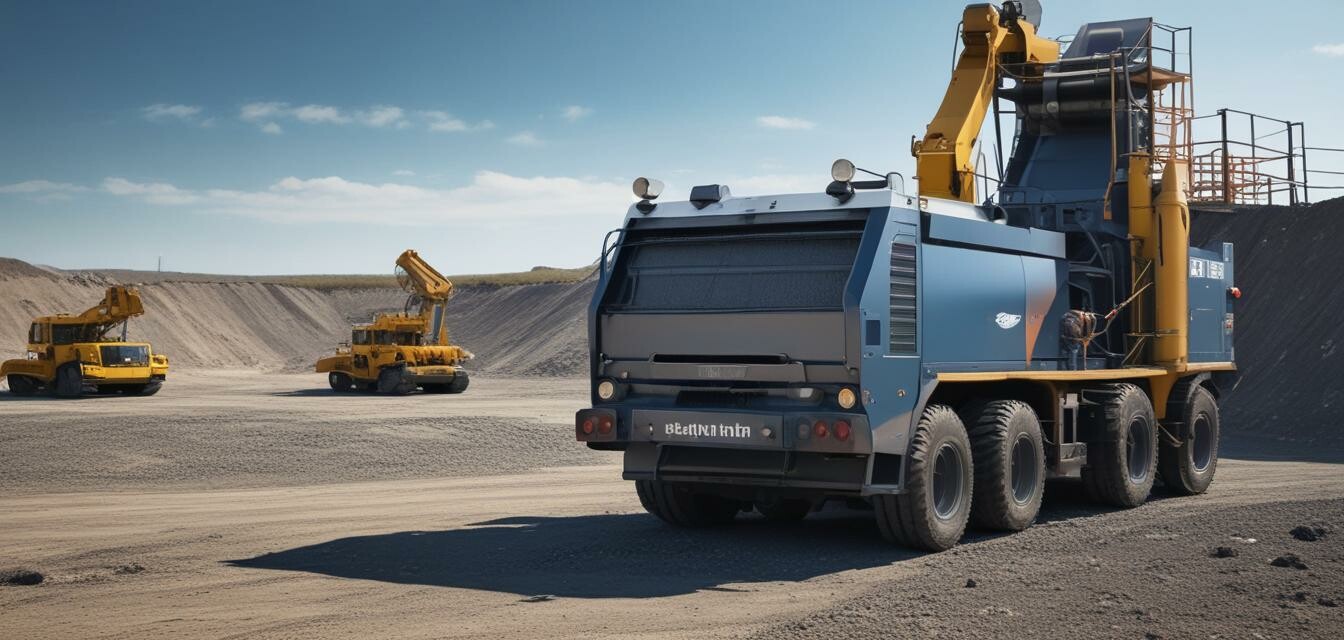
Emerging technologies in asphalt recycling
- New technologies in asphalt recycling are enhancing sustainability.
- These innovations lead to cost savings and improved paving quality.
- Recycling methods include warm mix asphalt and high RAP content.
- Asphalt recycling reduces environmental footprint significantly.
- Understanding these technologies is vital for contractors and DIY enthusiasts.
The asphalt paving industry is continuously evolving, with a strong emphasis on sustainability and efficiency. As asphalt becomes increasingly costly and environmental concerns rise, asphalt recycling technologies are gaining much attention. In this article, we will dive into the latest technologies making waves in asphalt recycling and explore their impact on both sustainability and cost-effectiveness.
The importance of asphalt recycling
Asphalt recycling plays a crucial role in the paving industry. By reusing existing materials, we can significantly reduce waste and conserve natural resources. This practice not only lowers the cost of new asphalt mixes but also minimizes the environmental impact associated with production.
Benefits of asphalt recycling
- Cost savings for contractors and property owners.
- Reduced demand for new raw materials.
- Lesser energy consumption during production.
- Decreased greenhouse gas emissions.
- Improved performance and longevity of recycled asphalt pavements.
New technologies shaping asphalt recycling
The asphalt recycling landscape is being transformed by several innovations. Here are some of the prominent technologies currently emerging in the industry:
| Technology | Description | Impact on Sustainability |
|---|---|---|
| Warm Mix Asphalt (WMA) | A process that allows asphalt to be mixed and laid at lower temperatures. | Reduces energy consumption and emissions. |
| High RAP Content | Incorporating high percentages of Reclaimed Asphalt Pavement (RAP) in new mixes. | Maximizes resource use and reduces the need for virgin materials. |
| Foamed Asphalt Technology | Involves the addition of water to the asphalt, creating foam for easier mixing. | Promotes lower energy use and can incorporate more RAP. |
| Cold In-Place Recycling (CIR) | A technique that recycles existing pavement materials without heating. | Minimizes energy consumption while repurposing materials. |
The process of asphalt recycling
The recycling process involves several steps that ensure quality and performance. Here’s a simplified breakdown:
- Collection: Existing asphalt materials are collected from construction and renovation projects.
- Crushing: Large chunks of asphalt are crushed into smaller pieces for easier handling.
- Heating: If necessary, the materials are heated to improve workability.
- Mixing: Recycled asphalt is blended with new materials to create a suitable mix.
- Application: The new mix is laid down on the prepared surface.
Future outlook for asphalt recycling technologies
The future of asphalt recycling is promising, with continuous innovations projected to drive the industry forward. Key factors influencing this progress include:
- Research and Development: Ongoing studies aiming to enhance materials and processes are paramount.
- Legislative Changes: Increased regulations on waste and emissions may necessitate further recycling efforts.
- Awareness and Training: As knowledge spreads about these technologies, adoption rates are likely to increase.
Final thoughts
Asphalt recycling technologies represent a significant step toward a more sustainable paving industry. By embracing these innovations, contractors and DIY enthusiasts alike can contribute to environmental conservation while enjoying cost savings. It's essential to keep informed about these emerging trends and consider their application in future paving projects. For more insights, check our Buying Guides and stay up to date with the latest News and Trends in asphalt paving.
Pros
- Highly sustainable method of utilizing existing materials.
- Cost-effective, reducing both material and operational costs.
- Improved pavement quality with advancements in technology.
- Lower energy consumption compared to traditional methods.
Cons
- Initial costs for new recycling equipment can be high.
- Dependence on the quality of reclaimed materials.
- Not all regions have established recycling infrastructure.

